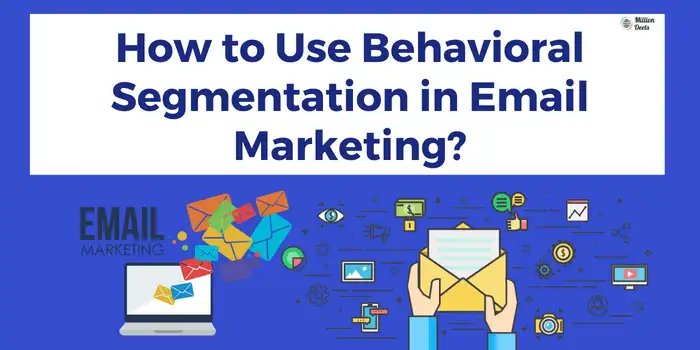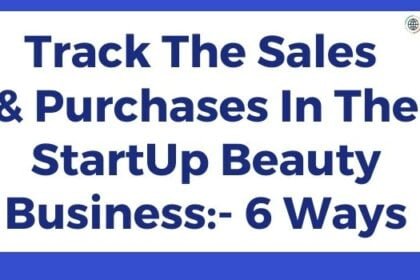We know for a fact that every individual is different. So, why treat all customers the same way? Behavioral segmentation email marketing enables businesses to send the right messages to the right customer rather than sending the same message to all and hoping for the best. But how to segment your email list? Here are five ways to do it right:
Existing Customers
Purchasing behavior is an excellent indicator of the customer’s intent and lifetime value. If you have return customers, you may:
- Motivate them to follow you on social media to foster your relationship with them.
- Ask them to give you a rating, review the products they have purchased on your social media or web page, or 5 star google review to build credibility.
- Send them information about relevant products based on their history.
- Give a referral discount.
On the contrary, you can’t ask or do these things to the ones who browsed the website, added items to the cart and left without purchasing. Besides, when grouping your visitors based on purchasing history, keep their status in mind; are they heavy users? Light users? Or moderate users?
Also Read – Social Media Marketing Strategies for Health and Wellness Professionals
Location
In today’s technology-driven world, it is extremely easy to locate the location of your users. Knowing the geo-location of your users makes all the difference. No one wants to receive an email advertising sunny days when, in reality, there is a snowstorm in the city.
When segmenting email IDs based on location, consider the following:
- Promotions that are relevant to the location.
- Crafting seasonal or weather messages according to the location.
- Motivate your online customers to visit your retail outlet in their city.
Send relevant messages also help you with personal reputation management. Your customers would know you’re making an effort to keep them customers updated.
Browsing Behavior
Browsing behavior is an excellent indicator of the user’s intent. For instance, if a user looks at your selection of carpets and curtains, don’t try to advertise your lamps. You already know their interest, so take advantage of them. They are looking for curtains and rugs, so help them decide. Send them more relevant items if they haven’t purchased them yet. Also, consider the following:
- Introducing your customer support team via email to address their queries or concerns, if any.
- Providing them with social proof such as testimonials, ratings, and positive comments on the products they have viewed.
- Give them a “selling out soon” message, an “only a few items left” message, or maybe a discount code to tip them into buying.
It is crucial to manage Google reviews and your social media reviews for a positive impact.
Use Net Promoter Score (NPS)
This is a helpful metric that many businesses use to determine the satisfaction of their customers. It is the question that is commonly seen when you purchase online: “How likely are you to recommend us to a friend on a scale from 1-10?”
Some healthcare facilities and restaurants also use NPS for their retail reputation management. It helps them build trustworthy relationships with their customers and patients.
NPS helps businesses know how their customers feel about them. Also, it will tell you right away who your loyal customers are and who you are, the ones you need to win over.
If you’re segmenting your email list by NPS, you may:
- Request the customers who gave you a nine or a 10 to leave a review on your page or elsewhere.
- Offer a discount code to the ones who gave a 6, 7, or 8.
- Provide customer support to the ones who gave 1-5 and try to save your relationship with them.
Those who gave you 9-10 are your loyal customers. So, make sure you treat them like gold. But, it is also crucial to treat unsatisfied customers in the best way for personal online reputation management.
Inbound Traffic Sources
Make sure you treat your users based on online sources. Users who know you through social media have different expectations than those who found you via an affiliated link or online ad. So, ensure you divide your email marketing campaign based on inbound traffic sources. Doing so will help you target your audience more effectively.
You can:
- Incorporate a welcoming video in the email for users coming from YouTube.
- Offer the same discount to the ones who came via an ad but didn’t buy.
- Use the same pictures in a blog follow-up email.
Potential buyers who haven’t purchased from you yet also need this continuity to be comfortable with your brand. And customers with negative reviews must be immediately responded to their comments publicly and privately. It will help you build a good rapport and help with personal reputation management.
All in all, there are quite a few ways to segment your email list. You can use them all or some of the crucial ones to send the right message at the right time to the right customer. Don’t let your email marketing efforts go in vain by sending a batch-and-blast email.





